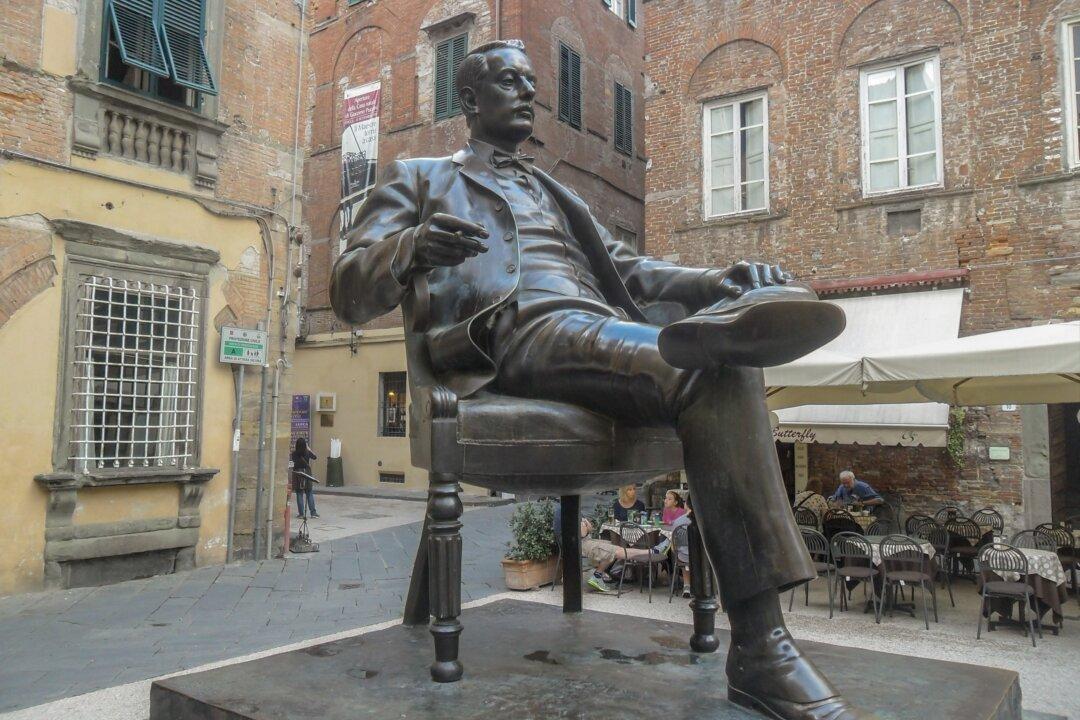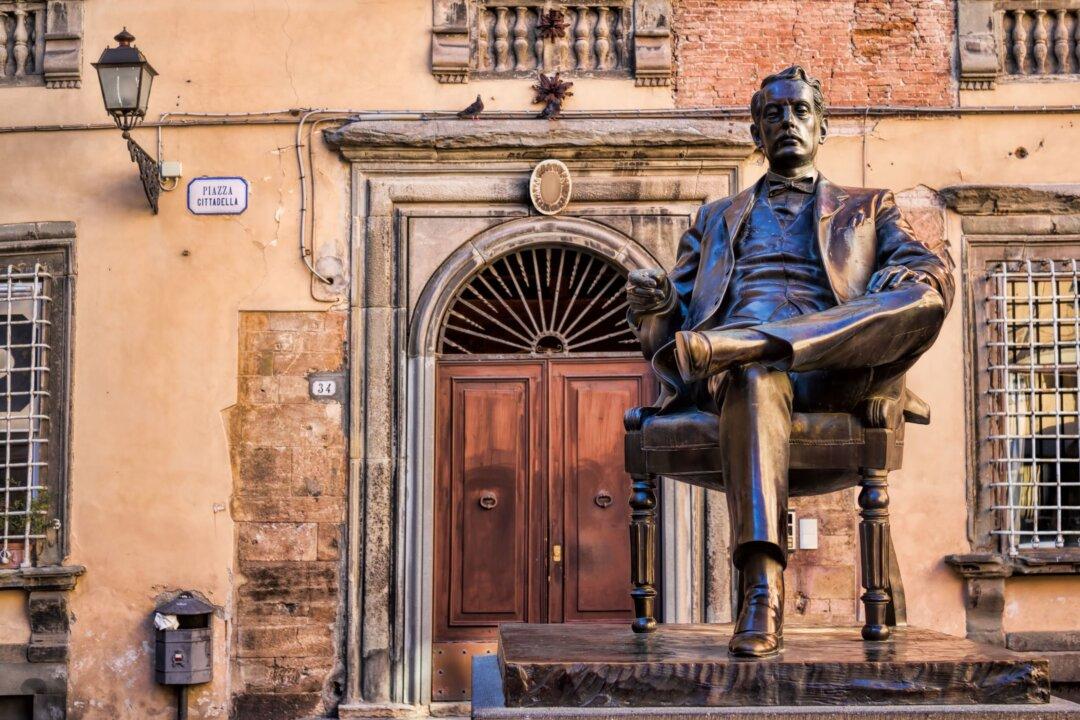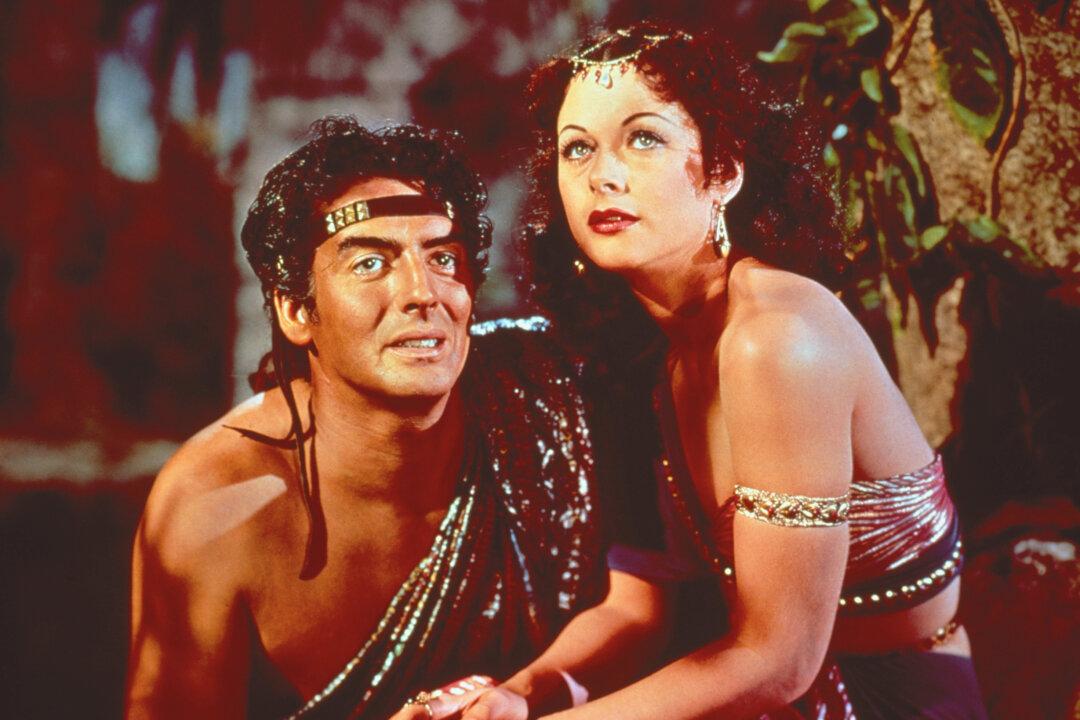“Dinner and a movie” is a time-honored custom. You can make this the basis for a cozy evening at home by pairing a home-cooked meal with a classic film. For a fun twist on the idea, why not make that meal a vintage recipe inspired by the film?
My favorite way to discover new dishes is to try old recipes. Whether they’re in old cookbooks, magazines, or newspapers, real recipes from the 1930s to ‘50s give us a much more accurate, uncomplicated view of how people lived and ate in the mid-20th century than any modern “vintage-inspired” cookbook.






